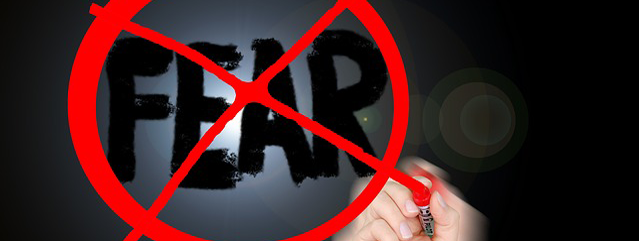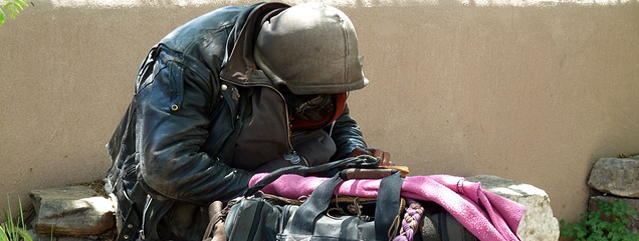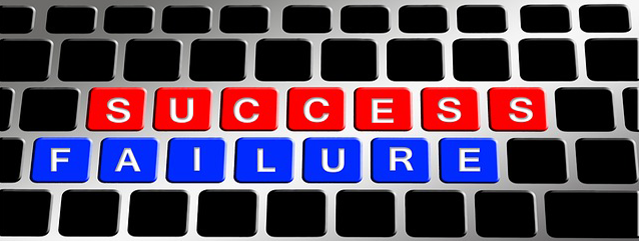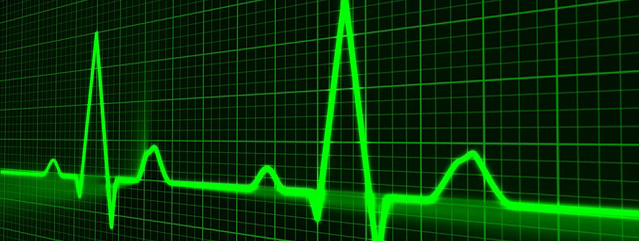Feerless

Update: May 21, 2020: Feerless is no longer available. You might want to try other trauma-trigger apps like “Warn Me” or “Soothe” at psafe.
Do you watch Game of Thrones, Sons of Anarchy, Boardwalk Empire, or any show of the kind that involves blood, war, sexual assaults, car crashes, pedestrians being flung across the road by a runaway vehicle ? If you have post-traumatic stress disorder (PTSD), and react at all like I do when watching those kinds of scenes – head buried into a pillow, hands shooting up to your face to cover your eyes from the gore and violence, fingers stuffed in your ears to block out the screams and sounds of breaking glass – you’ve probably asked yourself, “Why am I putting myself through this? Why don’t I just stop watching this show?” You keep watching because you are attached to a character, or you must know what happens to Arya Stark or Jimmy Darmody. But you wish there was some kind of warning signal – a flashing caution light, a wave of a hand, anything – to prepare you for, say, an upcoming decapitation or animal dissection. Well, your wish has come true. The signal you have been hoping for is called Feerless, a Google Chrome extension that relies on crowd-sourced data to identify emotionally difficult-to-watch scenes in television shows and movies on Netflix.
Feerless was developed by Danielle Leong, a sexual assault survivor who suffers from PTSD. While watching Sons of Anarchy, a graphic rape scene, which she was wholly unprepared for, triggered panic attacks and flashbacks for Danielle. As she says in her Feerless demonstration video, “I was completely in misery for three days.” If she had been warned of that upcoming scene, she could have looked away from the screen, shut off the television or computer, or fast-forwarded past the scene. She knew she had to do something, create some kind of trigger warning for others suffering from PTSD. A software engineer, Danielle had the answer, and the technical know-how to develop Feerless.
Users download the app, then, while watching shows or movies, they flag disturbing scenes. Once those scenes are flagged, a blue bubble appears at the bottom right hand side of the screen as a warning. The nice thing about the bubble is that it’s not intrusive; yet it’s present enough to catch one’s attention. And it pops up pre-emptively, several seconds before the troublesome scene appears, allowing viewers time to look away, or not. Because Feerless relies on crowd-sourcing, numbers matter. For the blue bubble to appear, we all need to participate: the more we use the app, and report the scenes that trigger anxiety, and/or sensory-related reminders of our past traumas, the more we all benefit.
Read More




Recent Comments